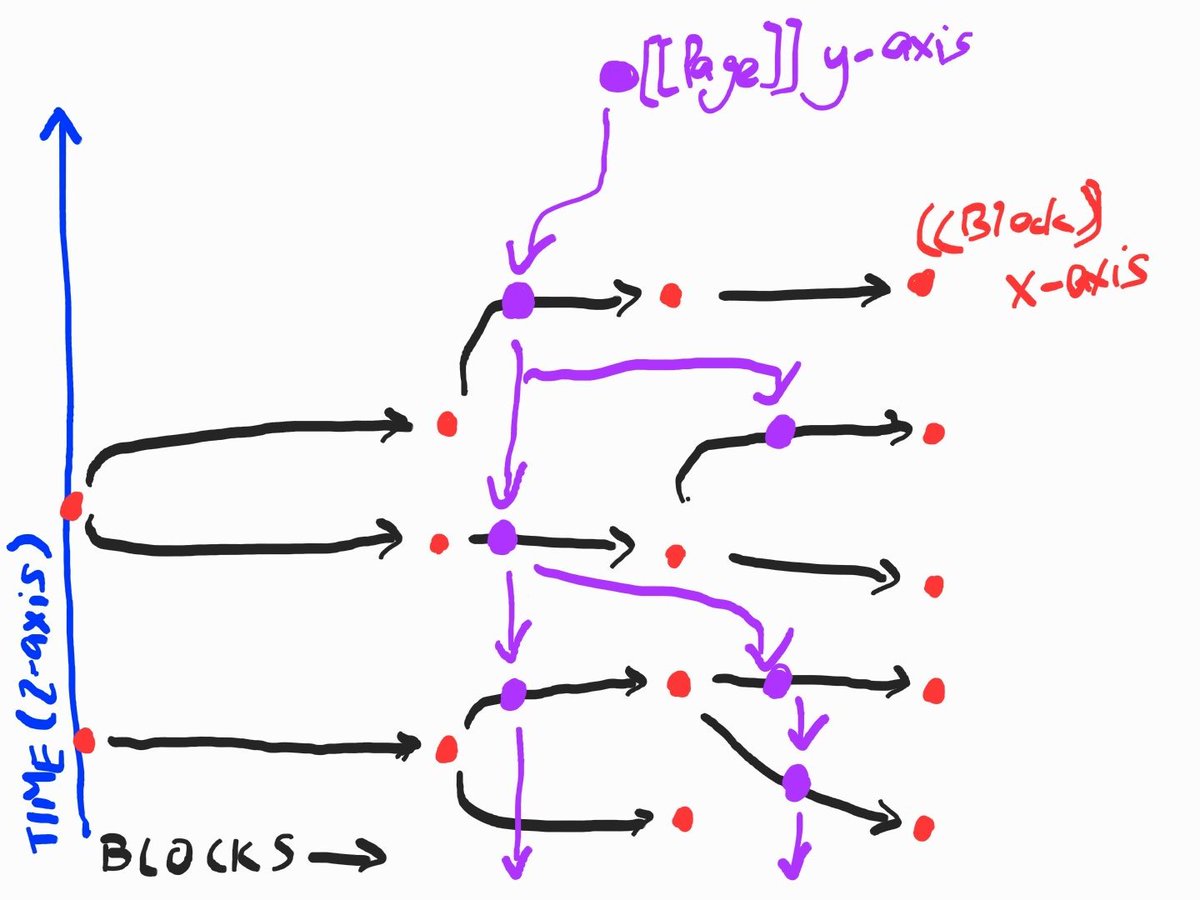
An imagined PKM app in a thread...
It should be structured exactly how a thought works. One transient thought comes along, and is auto-tagged by datetime and custom metadata. Tags change its type - "actionable" vs "knowable". Like a tweet, you can chain another thought to this (thought train)
New thoughts can be assigned relationships to the previous thought - parent/sibling/child (up/sideways/down). Main idea is that you never break the flow of the current thought and stay in the present.
Just as a new thought can bring up old memories by association, entering a new thought brings up relevant thoughts through AI, tags or similar words used. This thought keeps these associations in proximity.
Hebb's rule - neurons that fire together wire together. The more two terms are used together in a block (or thought), the higher their "proximity" is, increasing chance of resurfacing when used in future.
Why be constrained to pages when we are no longer working on paper? Let it work just like our brain. It can live as a capture interface when browsing videos or audios or sounds or using the camera.
While browsing an article on your phone, you think - oh that's so interesting. On your Brave/Safari/Chrome browser, you highlight it and the app picks it up automatically, saved with datetime, source url, and custom tags, without leaving the browser.
While watching a video, you make some annotations in real time. While having a conversation or meeting, you input valuable insights and takeaways. While brainstorming a project with others, you input ideas and tasks. It works in the background with a minimalistic capture UI.
How about reviewing old material? Just like our brain, we start with a "cue". Let's dive into "travel" - your graph automatically pulls out the most recent and strongest memory, just like how your brain would. That serves as a launchpad to explore related links and cousins.
The strength of memory also gets automatically tracked. As synapses weaken, we forget memories. The graph employs strategies- one is to create a higher cue-to-memory ratio, two is to put it into "memory orbit" and lastly, to allow it to decay.
Curiously... I wonder why no one has bothered to make a PKM app based off twitter - as threaded tweet-like blocks that can embed, branch out or be "retweeted". Twitter threading does it better than indentation imo.
In a way, Twitter follows how our minds work - we leap on a thought train and it takes you down a rabbit hole. Replies from others open up new "threads" of possibilities. Notifications program your attention, taking you back to threads that were pending.
Threading combines both the power of prose-writing in obsidian and the power of sequential block writing with parent-child relationships in outliners like roam/logseq/remnote. It's also not as linear and one-dimensional as traditional forums.
https://twitter.com/knovigator/status/1474485735038373894?t=c7HDIPwgnPZBl7BahCSxOw&s=19Check out this reply by @knovigator - comes amazingly close to my dream app!
Threading also allows these relationships to occur... the direction changes according to how you describe the relationship. 

• • •
Missing some Tweet in this thread? You can try to
force a refresh





